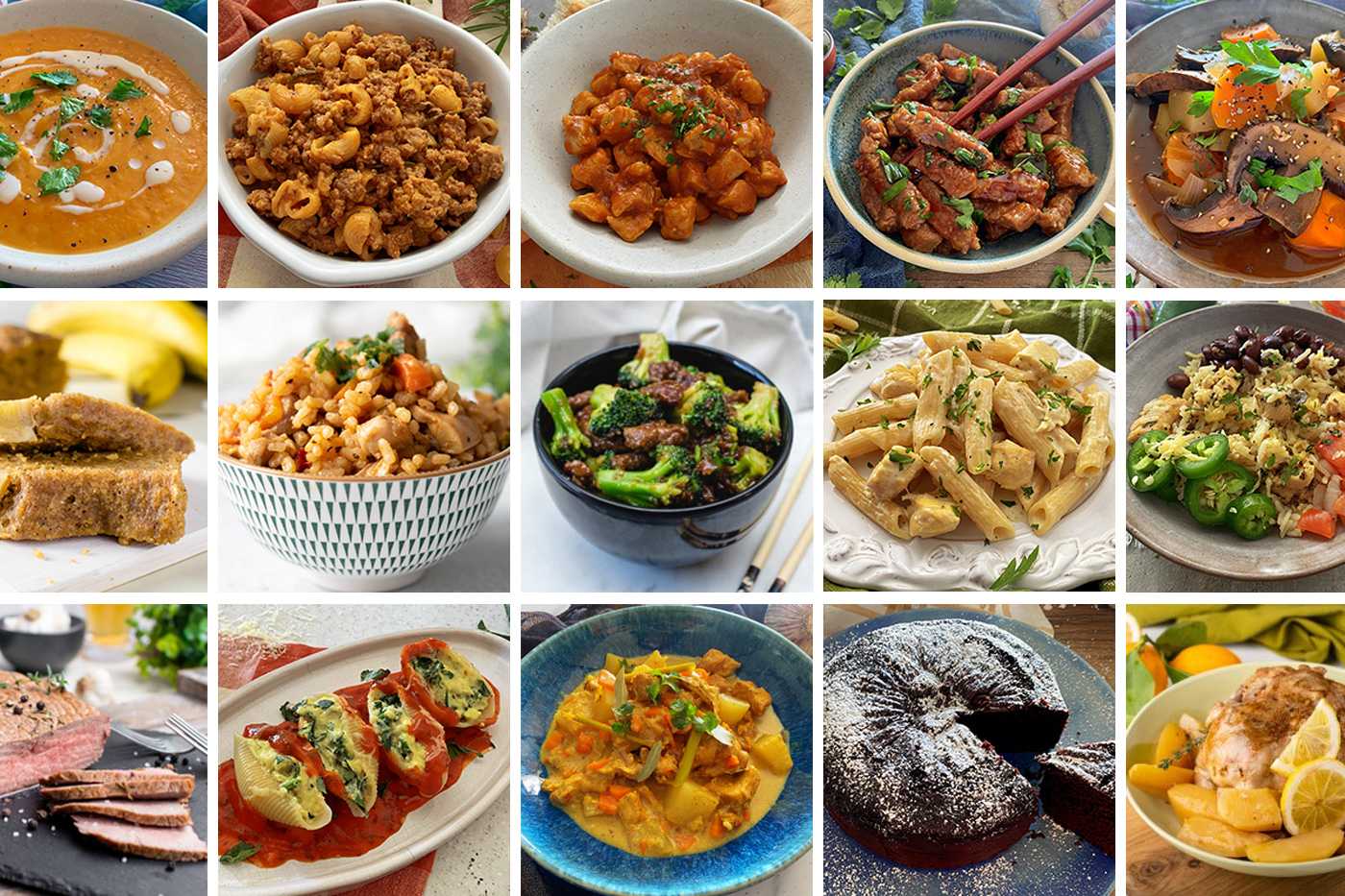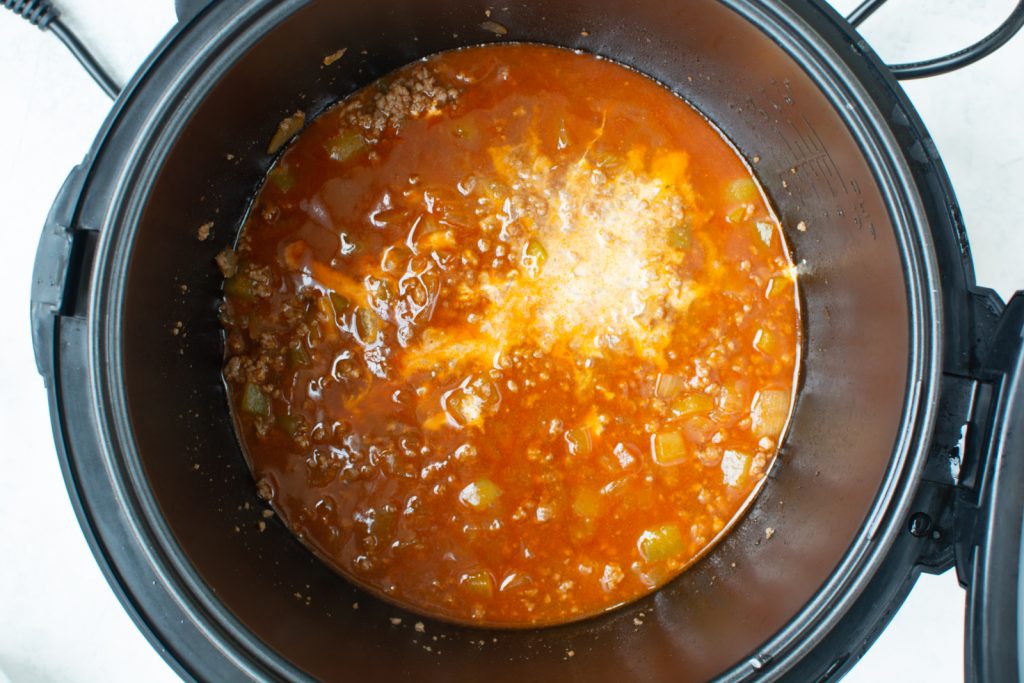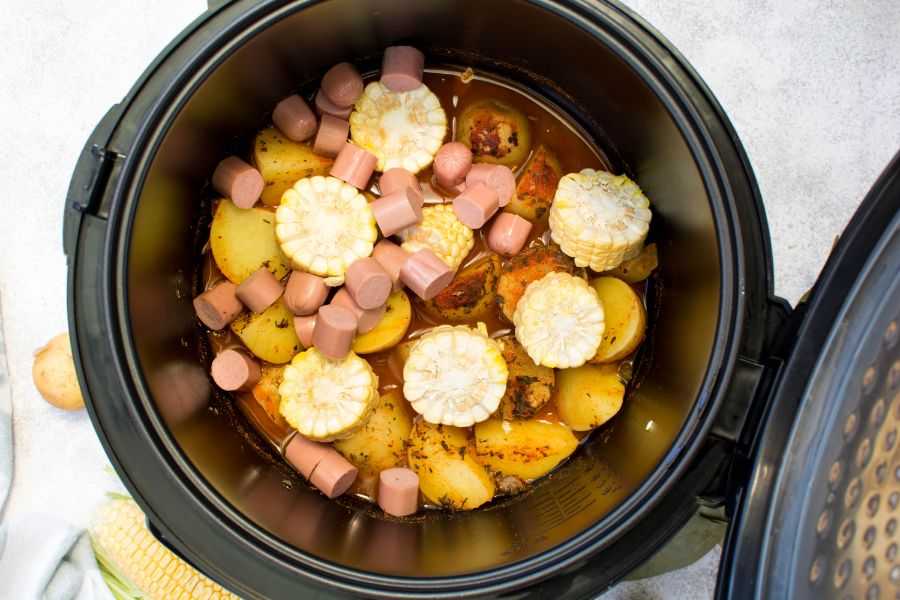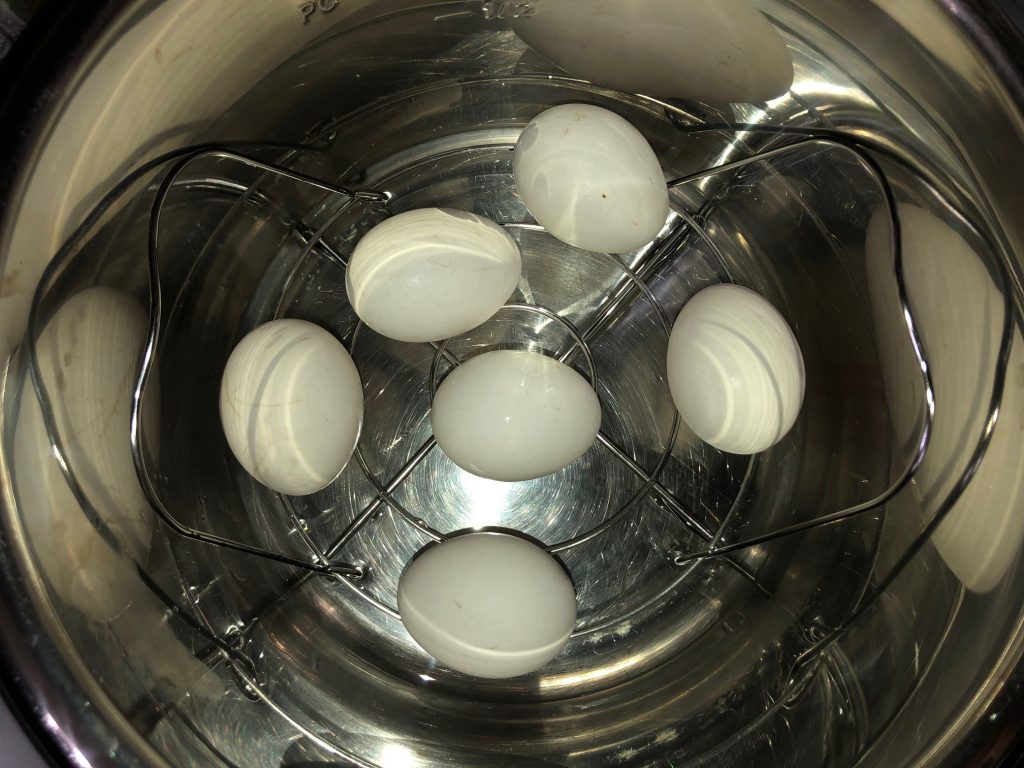Everyone loves to eat good food but how many of us really have the time to spend in the kitchen every day to make really good food?
Surely not a lot of us but with the use of a pressure cooker a lot of cooking does get a lot faster. In fact pressure cookers can speed up cooking so much that many things that weren't realistic to cook at home are possible.

How Do Pressure Cookers Cook Food So Fast Anyway?
For curiosity sake lets step back and ask the question of why pressure cookers work the way they do. The answer may seem like magic but in reality it's simple physics.
In a normal cooking environment when moisture (water) rises to 212 degrees it turns to steam and leaves the cooking pot or pan. In a sealed pressure cooker pot however the steam cannot escape and so it remains inside the pot causing the pressure to build. That steam can further increase in heat pushing well past the boiling temperature.
As you might expect when the temperature increases inside the pot foods tend to cook faster.
But that is not all, in addition to the temperature being raised the high pressure forces a lot of moisture directly into the food that is being cooked. This also helps the food cook faster, tenderize, and moisten quite effectively.

Obviously you can see that as pressure builds the speed of cooking increases that's why many of the best pressure cooker pots are rated up to higher psi than cheaper or entry level pots. That's not to say that all cooking should be done in the fastest way possible but the versatility of getting high pressure and low pressure out of the same cooker is pretty nice.
In other articles on this site I will expand on the 'how' and 'why' of pressure cooking but I want to touch on the subject here first.
Why might you use a pressure cooker to speed up your cooking time? Because it can tenderize and moisturize your food better than some other methods of cooking even in a shorter time. Almost like a magic!
Pressure cookers are designed to radically cut the cooking times of certain meals. This has made it possible for individuals to enjoy meals like beans, whole grains and delicious stews even on weeknights. Additionally, modern pressure cookers are quite safe and easy to use.

But Why Do Foods Cook Faster In A Pressure Cooker?
Pressure cookers basically look like regular pots; however, they have modified lids that create a seal by locking on over a rubber gasket. Designed to cook at high altitudes, it works by elevating the temperature of boiling water, which speeds up the process of boiling, braising or steaming.
In conventional cooking, atmospheric pressure decreases and lengthens cooking time as the water boils at lower temperatures. However, pressure cookers provide precise and constant atmospheric conditions at higher altitudes, reducing cooking times.
To cook in this specialized pot, the food is placed inside along with the required amount of water (typically at least 2 cups of water are required to build up an adequate amount of steam pressure). The lid is then locked into place and the pot is placed on high heat. This causes inescapable steam to develop in the pot.
The atmospheric pressure inside the pot is boosted by the trapped steam. This causes the boiling point of the water to increase from the regular 212 degrees Fahrenheit to 250 degrees Fahrenheit. This elevated temperature is the reason foods cook faster in a pressure cooker.
Once full pressure has been reached in the cooker, a pop-up rod or gauge located on the lid will indicate this. After which, a release valve will open and let out a regulated flow of steam so that a consistent temperature is maintained inside the cooker.
Stove-top Pressure Cookers
The majority of stove-top pressure cookers have a presetting of 15 pounds per square inch (psi). However, there are some models that also make provision for a lower setting -- approximately 235 degree Fahrenheit or between 10 and 11 psi. Pudding and other delicate foods can be cooked at this lower setting.

Electric Pressure Cookers
There is also the option of using electric pressure cookers. A number of the electric models are designed to be set at varying temperatures and pressures. In addition, they can be programmed to go from low-temperature cooking to soak whole grains and beans to much higher temperatures for cooking.
In the pressure cooker, food cooks approximately 30 percent quicker than steaming, braising, boiling and other conventional methods of cooking. Studies have revealed that pressure cookers use between 50 and 70 percent less energy than conventional cooking, resulting from the shorter cooking times. In addition, food cooked under pressure retains more flavor, vitamins and minerals than boiled foods. This is because pressurized cooking use less water in which the nutrients can dissolve. There is also little or no evaporation going on during pressurized cooking.
Using a pressure cooker takes some getting used to and safety guidelines should be followed at all times. While less liquid is required for pressurized cooking, too little liquid could result in the food becoming scorched on the bottom of the cooker.
In addition, checking on whether or not the food is done is not as easy as just lifting the lid. As a safety measure, the lid is firmly locked onto the pot at full pressure. Before the lid can be safely opened, the pressure will have to be released. The total cooking time could be affected if the lid has to be replaced to bring the cooker back to full pressure. Food could also become overcooked if left in the pot too long.